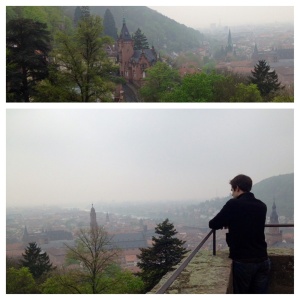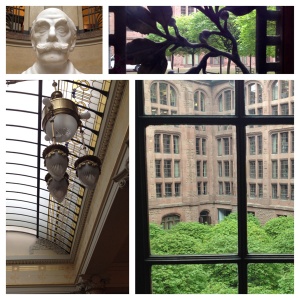DRESDEN ZWINGER
Our hotel Aparthotel am Zwinger was a few blocks away from the Zwinger at the edge of the “inner old town” of Dresden. Nearby is the Semper Opera House, which on the day we visited had opened the windows of it’s practice hall. The park around the Zwinger smelled of fresh lilacs and echoed with the sound of opera.
The 18thC Zwinger —— Party Palace
It was 1723 and the Zwinger was the hottest place in Saxony. Walking around, you can see plenty of indications that this was once the site of some wild parties. Augustus the Strong (August der Starke) of Saxony decided to ‘modernize’ the once fortified outer-wall ‘Zwinger’ (13thC) for his court after seeing Château de Versailles in France. This was his place across town– an exhibition hall for games and luxurious gatherings. He is also the reason Dresden is known for porcelain and why there is an impressive collection of old art in the city.
The Zwinger Today
Like most of Dresden’s old city, the Zwinger was devastated after the bombing of WWII (an image here) and the restoration of this premises alone took nearly 20 years.
The Zwinger is now home to three museums, The Old Masters Picture Gallery– Dresden Porcelain Collection — and the Mathematics and Physics Salon. An entry fee of 10€ will get you into all three. The Gemäldegalerie Alte Meister has several notable works, one of them being Raphael’s Sistine Madonna. Believe me, you’ve seen it ; )
I didn’t want to lean into the hype, but it was very beautiful. If only you could block out those bored little cherubs… right? Derek enjoyed the Alte Meister Gallery too! I learned that going to look at serious works of art with Derek means a really -fun time-! If art bores you, go with him! He has captions for all the paintings!
—–> More about our trip to Dresden soon… what a city!




















